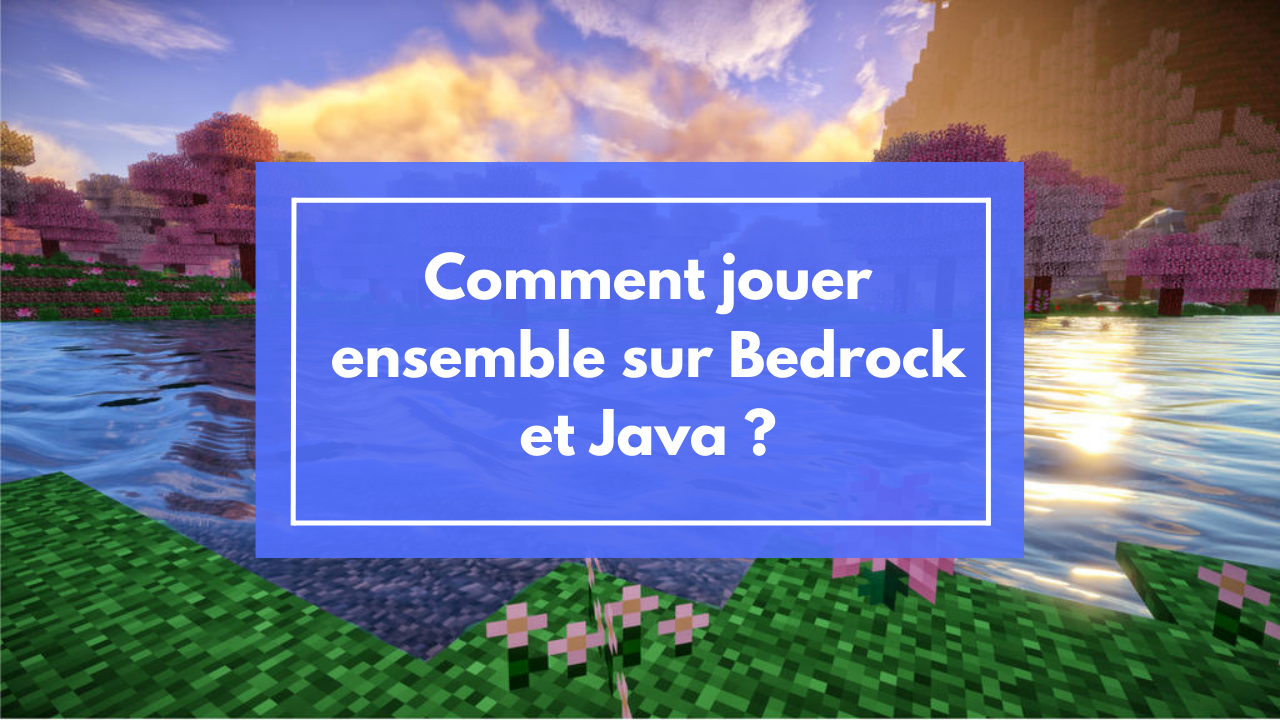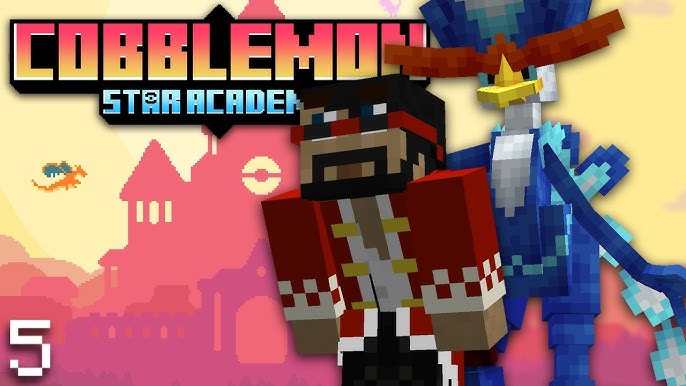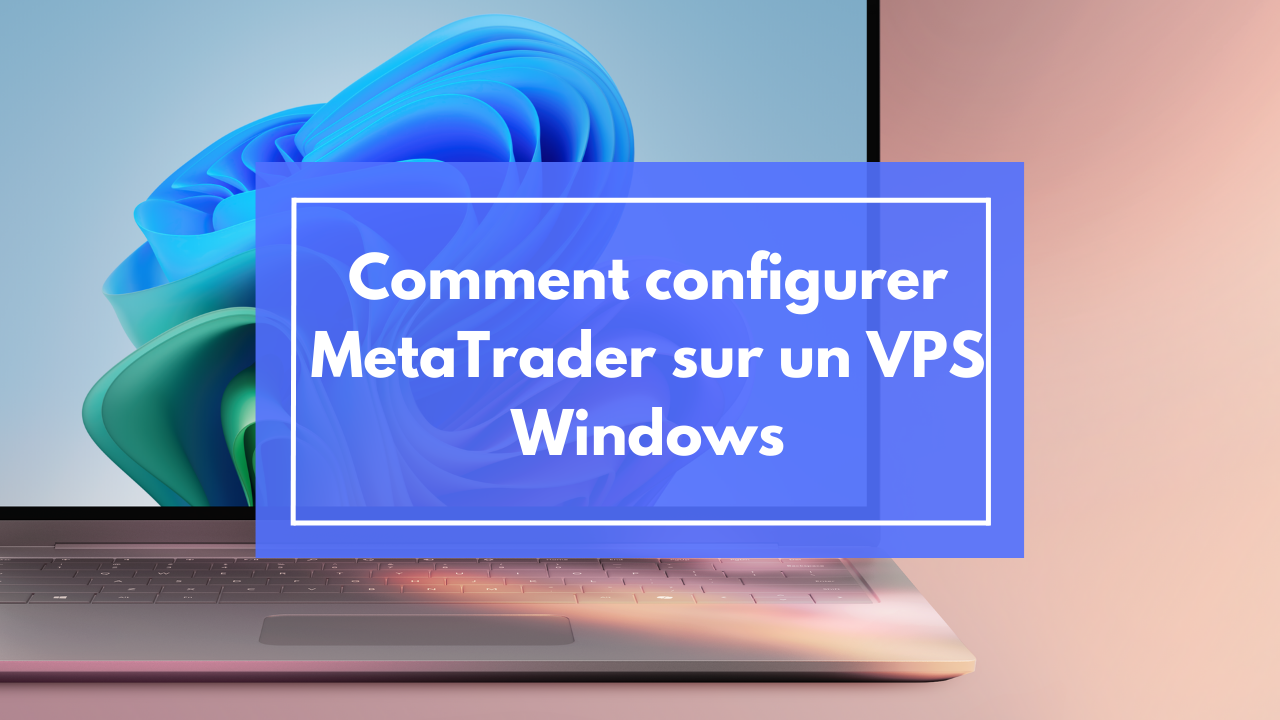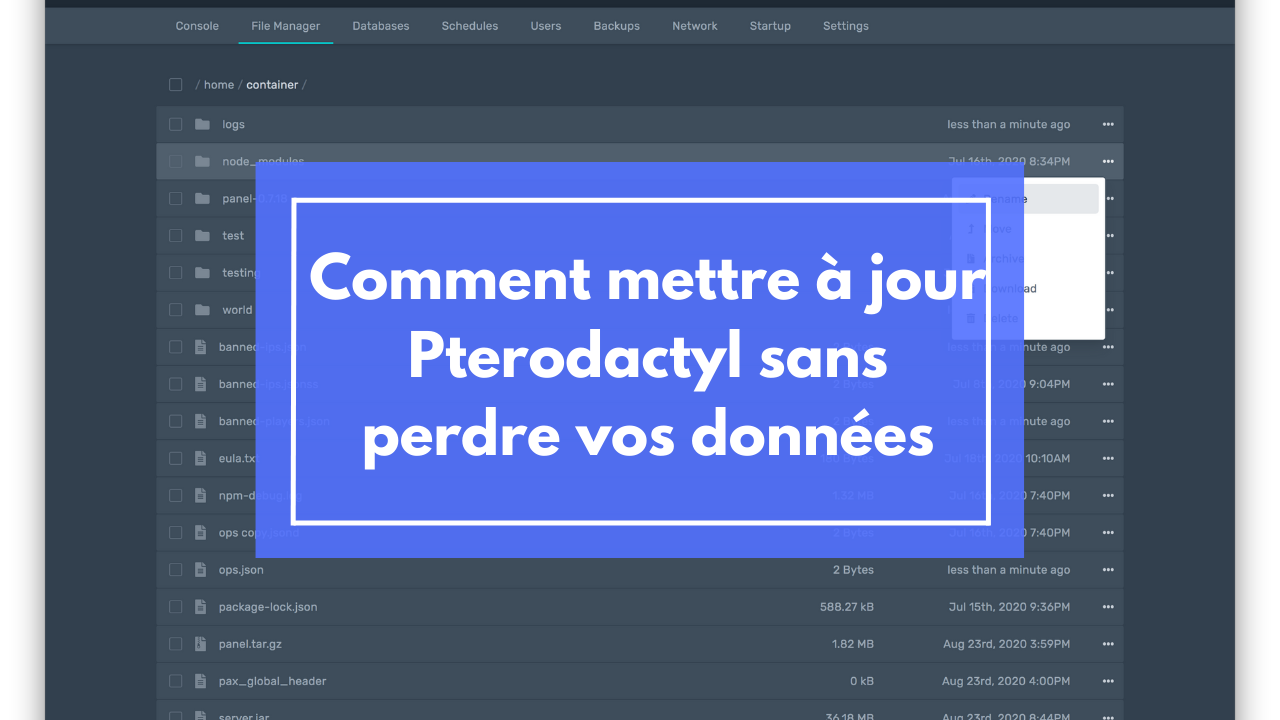How to play together on Bedrock and Java?
Understanding the Differences Between Minecraft Bedrock and Java
Minecraft, the beloved building and adventure game played by millions around the world, is available in two main versions: Bedrock and Java. As Minecraft enthusiasts, we have often faced challenges playing between these two versions. In this section, we will explore the fundamental differences between Bedrock and Java to better understand why cross-play can be complex.
The Java version, the older of the two, is the one that launched the Minecraft phenomenon. It is exclusive to computers and offers great flexibility in terms of modifications and customization. From our experience, we can affirm that the modding community is particularly active on this version, allowing almost unlimited customization of the game.
On the other hand, Bedrock is the multi-platform version of Minecraft. It is available on consoles, mobiles, and Windows 10/11. This version was designed to provide a smooth and consistent gaming experience across different devices. We have noticed that Bedrock is generally more performant, even on less powerful devices, making it ideal for mobile gaming or on older computers.
Main Technical Differences:
- Programming Language: Java is written in... Java, while Bedrock uses C++.
- Mods and Add-ons: Java offers more extensive support for mods, whereas Bedrock focuses on add-ons and resource packs.
- Redstone: Redstone behavior differs slightly between the two versions.
- World Generation: The world generation algorithms are not the same, which can create differences in biomes and structures.
These technical differences are at the root of the challenges we will address in the following section.
The Challenges of Cross-Play Between Bedrock and Java
Cross-play between Bedrock and Java presents numerous technical and practical challenges. As players who have tried to bring our friends together on different platforms, we have faced these obstacles firsthand. In this section, we will detail the main challenges you might encounter trying to play together on Bedrock and Java.
The first major challenge is the difference in network protocols. Bedrock and Java use different methods to communicate with servers, making direct connection between the two versions practically impossible without third-party tools. We have often had to resort to alternative solutions to circumvent this problem.
Another significant obstacle is the disparity in features between the two versions. Some gameplay elements, like combat or the behavior of certain blocks, differ slightly. This can create situations where a player on Java sees or experiences something different from a player on Bedrock, even if they are in the same world.
Specific Challenges:
- Inventory Synchronization: Items and their properties may not be identical between versions.
- Save Compatibility: The save formats are different, making it difficult to transfer worlds between versions.
- Non-synchronized Updates: Bedrock and Java may receive updates at different times, creating temporal mismatches in available features.
- Differences in Commands: Some commands function differently or do not exist in one of the versions.
Faced with these challenges, the Minecraft community and Mojang have worked on solutions, which we will explore in the following sections.
Official Solutions for Playing Together on Bedrock and Java
Mojang, aware of the increasing demand for cross-play, has begun to offer official solutions to enable players from Bedrock and Java to play together. We have closely followed these developments and are excited to share with you the official options currently available.
The most notable solution is the introduction of Minecraft: Java & Bedrock Edition for PC. This combined version allows owners to easily switch between editions. While this does not directly solve the issue of cross-play, it greatly facilitates the transition between versions for PC players.
Another significant step towards unification has been the introduction of the unified Microsoft account for all versions of Minecraft. This decision has enabled better integration of login and friend management systems between Bedrock and Java. We have found that this has greatly simplified the process of connecting and finding friends, regardless of the account type they use.
Official Cross-Play Features:
- Realms: While Bedrock and Java Realms are separate, they offer a similar and facilitated experience for hosting shared worlds.
- Marketplace: The unified marketplace allows content creators to offer their creations across all platforms.
- Achievements/Trophies: Synchronization of achievements between versions, allowing for consistent progression.
Despite these advancements, full cross-play between Bedrock and Java is not yet an official reality. That's why the community has developed its own solutions, which we will explore in the next section.
Using Third-Party Servers for Cross-Play
Facing the official limitations, the Minecraft community has taken matters into its own hands by developing third-party server solutions to enable cross-play between Bedrock and Java. We have explored and tested several of these options, and we are impressed by the ingenuity and dedication of the community.
One of the most popular solutions is the use of plugins like GeyserMC. This plugin acts as a bridge between the Bedrock and Java protocols, allowing Bedrock players to connect to Java servers. We have personally used GeyserMC and have been pleasantly surprised by its stability and performance.
Another noteworthy tool is Velocity, a proxy for Minecraft servers that can be configured to accept connections from both Bedrock and Java. While its setup is a bit more complex, it offers great flexibility for server administrators wishing to offer a cross-play gaming experience.
Benefits of Third-Party Server Solutions:
- Flexibility: Ability to customize the cross-play gaming experience according to the specific needs of the community.
- Scalability: These solutions are often updated quickly to adapt to new versions of Minecraft.
- Community Support: A large community of developers and users ready to assist in case of issues.
- Plugin Compatibility: Ability to use many Java plugins even with Bedrock players.
It is important to note that using these third-party solutions often requires technical knowledge and may not offer an experience as smooth as the official solutions. In the following section, we will discuss the required setup for creating a Bedrock-Java cross-play environment.
Required Setup for Bedrock-Java Cross-Play
Setting up a cross-play environment between Bedrock and Java requires careful preparation and specific configuration. Through our experiences, we have identified key elements necessary to ensure a smooth and enjoyable gaming experience for all participants.
First and foremost, it is crucial to have a server powerful enough to handle the additional load induced by translating between the Bedrock and Java protocols. We recommend a minimum of 4 GB of RAM for a small group of players, but more will be necessary for larger servers or those using numerous plugins.
Next, a stable and fast internet connection is essential. Cross-play can generate more traffic than a standard server, so a connection with a good upload speed is particularly important. We have found that a fiber or cable connection generally offers the best performance.
Recommended Hardware and Software Configuration:
-
Server:
- Processor: Intel Xeon or AMD Ryzen (minimum 4 cores)
- RAM: 8 GB minimum, 16 GB recommended
- Storage: Preferably SSD for quick loading times
- Operating System: Linux (Ubuntu or CentOS) for better performance
-
Software:
- Java JDK: Version 16 or higher
- Minecraft Server: Paper or Spigot for better performance
- GeyserMC Plugin or equivalent
- Firewall properly configured to allow necessary ports
-
Network:
- Internet Connection: Minimum 100 Mbps symmetrical
- Recommended static IP address
- Open Ports: 25565 (Java), 19132 (Bedrock)
It is also important to note that the setup may vary depending on the chosen cross-play solution. In the next section, we will guide you through the setup steps to connect Bedrock and Java.
Step-by-Step Guide to Connecting Bedrock and Java
Setting up a cross-play environment between Bedrock and Java may seem intimidating, but with the right steps, it is entirely achievable. We have compiled a detailed guide based on our personal experience to help you navigate this process.
Step 1: Server Preparation
- Choose a Minecraft server host or set up your own machine.
- Install the latest version of Java JDK.
- Download and install a compatible Minecraft server (we recommend Paper).
Step 2: Installing GeyserMC
- Download the GeyserMC plugin from the official website.
- Place the .jar file in your server's "plugins" folder.
- Restart the server to generate the configuration files.
Step 3: Configuring GeyserMC
- Open the
config.yml file in the GeyserMC folder.
- Configure the Bedrock port (default 19132).
- Ensure the "auth-type" option is set to "online" for optimal security.
Step 4: Firewall and Port Forwarding Configuration
- Open ports 25565 (Java) and 19132 (Bedrock) on your firewall.
- Configure port forwarding on your router for these two ports.
Step 5: Testing and Adjustments
- Launch the server and check the logs to ensure GeyserMC is loading correctly.
- Try connecting from a Java client and a Bedrock client.
- Adjust performance settings as necessary.
This basic guide should get you started. However, each setup may require specific adjustments. Do not hesitate to consult the official GeyserMC documentation or seek help on community forums if you encounter difficulties.
In the next section, we will share some best practices to ensure a smooth gaming experience once your server is set up.
Best Practices for a Smooth Gaming Experience
After setting up your Bedrock-Java cross-play server, it is crucial to optimize the experience for all players. Through our many gaming sessions, we have identified several practices that contribute to a smoother and more enjoyable gaming experience.
First and foremost, communication is key. Make sure all players, whether on Bedrock or Java, understand the potential differences between the versions. We have found it helpful to create a small guide or FAQ accessible to all players, explaining the intricacies of cross-play.
Another important practice is the management of mods and add-ons. While GeyserMC does a great job translating most basic features, some Java mods may not work properly for Bedrock players. We recommend limiting mod use to essentials and thoroughly testing each addition before implementing it on the main server.
Tips for an Optimal Experience:
-
Server Optimization:
- Use tools like Aikar's Flags to optimize JVM performance.
- Regularly adjust server settings based on the number of players and resource usage.
-
Chunk Management:
- Limit the render distance of chunks to reduce the load on the server and clients.
- Use world pre-generation plugins to reduce lag during exploration.
-
Gameplay Balancing:
- Create server rules that take into account differences between Bedrock and Java (e.g., for PvP).
- Use plugins that equalize certain game mechanics between versions.
-
Regular Maintenance:
- Perform frequent backups of the world and player data.
- Regularly update GeyserMC and other plugins to benefit from the latest improvements and bug fixes.
-
Community Support:
- Set up a support system (like a Discord channel) to quickly assist players in case of issues.
- Encourage player feedback to identify and address specific cross-play problems.
By following these best practices, you can significantly enhance the gaming experience for all participants, whether on Bedrock or Java. However, it is important to recognize that there may be inherent limitations and issues with cross-play, which we will address in the next section.
Limitations and Common Issues with Cross-Play
Despite significant advancements in the field of cross-play between Bedrock and Java, there remain certain limitations and common issues we must be aware of. Through our many hours of gaming and cross-play server administration, we have identified several points that merit particular attention.
One of the most obvious limitations concerns gameplay differences between the two versions. For example, combat in Java is generally considered more technical, with a "cooldown" system for attacks, while Bedrock has a faster combat style. These differences can create an imbalance, particularly in PvP situations.
Another frequent problem is the synchronization of entities and blocks. Sometimes, Bedrock and Java players may see slightly different things, which can lead to confusion or gameplay issues. We have noticed that this is particularly problematic with complex redstone mechanisms or automated systems.
Common Issues and Potential Solutions:
-
Rendering Differences:
- Problem: Some blocks or entities may appear differently on Bedrock and Java.
- Solution: Use cross-play compatible resource packs to standardize appearances.
-
Increased Latency:
- Problem: Cross-play can increase latency due to protocol translation.
- Solution: Optimize server settings and recommend players use a wired connection if possible.
-
Command Incompatibility:
- Problem: Some commands function differently or not at all between versions.
- Solution: Create a guide of compatible commands and use plugins to standardize functionalities.
-
Connection Issues:
- Problem: Bedrock players may have difficulty connecting to Java servers.
- Solution: Ensure that ports are properly opened and that GeyserMC is up to date.
-
Mod Limitations:
- Problem: Most Java mods do not work for Bedrock players.
- Solution: Focus on server-side plugins and Bedrock-compatible add-ons.
It is important to clearly communicate these limitations to players to avoid frustrations. Although these issues may seem daunting, the Minecraft community continues to work on innovative solutions. In the next section, we will explore the promising future of cross-play in Minecraft.
The Future of Cross-Play in Minecraft
The future of cross-play in Minecraft is a topic that excites us and one that we follow closely. As we reflect on the evolution of the game and industry trends, we are optimistic about the possibilities available to the Minecraft community.
Mojang has clearly indicated its intention to bring the Bedrock and Java versions closer together. We have seen consistent efforts to harmonize features between the two versions, which suggests more integrated unification in the future. The introduction of Minecraft: Java & Bedrock Edition for PC is a step in this direction, and we believe it is just the beginning.
One of the most promising trends is the continuous improvement of third-party development tools like GeyserMC. These community projects play a crucial role in realizing cross-play, and their rapid evolution suggests that technical barriers will continue to diminish.
Future Prospects for Cross-Play:
-
Unification of Codebases:
- Possibility of a gradual merging of the Bedrock and Java codebases to facilitate unified development.
-
Improvement of APIs:
- Development of more robust APIs allowing better integration between versions.
-
Official Cross-Play Support:
- Potential for official cross-play support from Mojang, greatly simplifying the process.
-
Community Innovations:
- Emergence of new community solutions to address the remaining cross-play challenges.
-
Expansion of Platforms:
- Possibility of including more platforms in the Minecraft cross-play ecosystem.
We are particularly excited about the innovations that the Minecraft community will continue to bring. The story of Minecraft has always been marked by the creativity and determination of its players, and we are confident that this same energy will propel cross-play to new heights.
As we head towards the conclusion, it is clear that cross-play in Minecraft is not just a technical possibility, but a community aspiration that shapes the future of the game.
Conclusion: Uniting the Minecraft Community
In conclusion, the journey towards a truly unified Minecraft, where players from Bedrock and Java can interact without hindrance, is well underway. Throughout this article, we have explored the challenges, solutions, and future prospects of cross-play in Minecraft. Our experience has shown that, despite technical obstacles, the passion and ingenuity of the Minecraft community continue to push the boundaries of what is possible.
We have seen how the differences between Bedrock and Java, initially perceived as insurmountable barriers, are gradually overcome through innovative solutions like GeyserMC and Mojang's commitment to unification. Technical challenges, while complex, are not insurmountable, and each advancement brings us closer to a truly unified gaming experience.
The importance of cross-play goes beyond mere technical convenience. It's about creating a more inclusive and connected Minecraft community. By allowing players from different platforms to come together, we enrich the Minecraft experience for all. The friendships forged, the creations shared, and the adventures experienced together transcend platform limitations.

Nombre del autor
OUIHEBERG SARL
Categorías
Jeux vidéo
Fecha
14/02/2025






